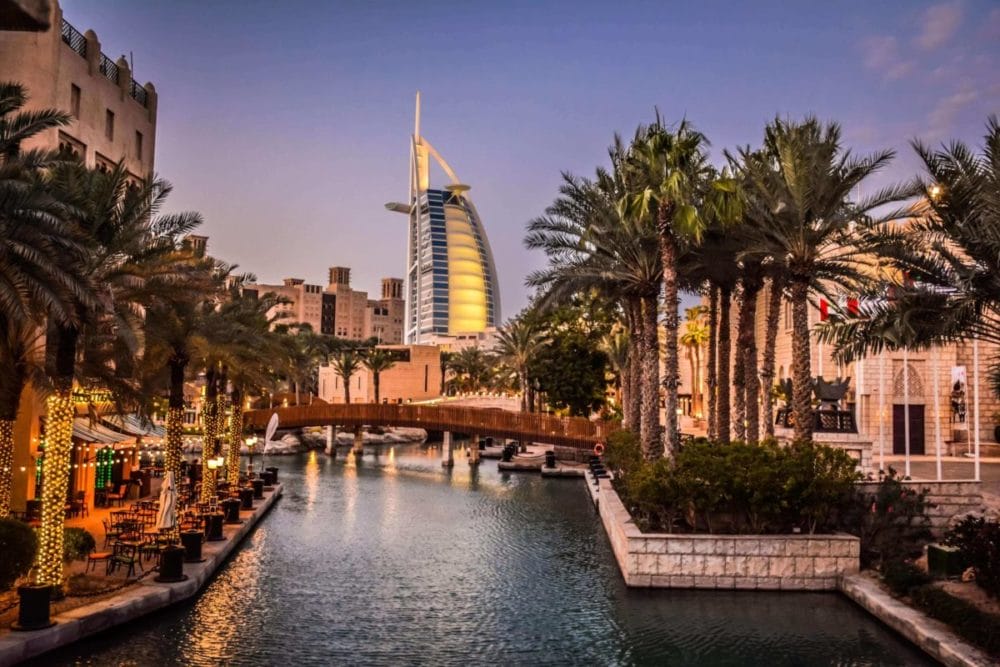Old Meets New in Baku
Baku is truly an impressive city with elements of both old and new. The historic architecture that has been preserved is fascinating to explore, like the fortified old city walls and the iconic Maiden Tower. However, Baku is also innovating and developing at a rapid pace visible through the modern skyscrapers that have risen along the waterfront. While some criticize the skyscrapers as lacking character, they demonstrate Baku’s ambitions as a financial hub. The old town provides a glimpse into Baku’s cultural heritage while the new developments symbolize its vision for the future.

Revitalizing Historic Neighborhoods
Within the historic old town, careful restoration efforts have been made to revitalize distinctive neighborhoods like Icherisheher. Narrow alleyways wind between pastel-colored buildings with ornate design details. It feels transportive to walk along the same streets traders and artisans would have centuries ago. However, beyond the limits of the old town, much of Baku’s infrastructure is showing signs of deterioration. The government would benefit from expanding preservation initiatives to encompass more of the city’s architectural legacy scattered outside the main tourist areas.
A Metro System to Rely On
Public transportation is absolutely vital in any city, and Baku has invested heavily in its metro system. Spacious stations decorated with local artwork make the metro feel more like public art galleries than simple transit hubs. Withmultiple lines radiating outwards, the metro is readily accessible for residents across the city. Frequent clean trains arrive promptly and provide a comfortable commute. While improvements could still be made to expand the network further, Baku’s metro is decidedly more developed than Yerevan or Tbilisi’s systems at this point.
Room for Growth in Other Infrastructure
That said, there is room for growth in other aspects of Baku’s infrastructure. Roads could be better maintained, with some neighborhoods showing signs of neglect and disrepair. Issues like traffic congestion and air pollution also remain challenges due to reliance on private vehicles over public transit or active modes of travel. Garbage collection and recycling programs also have potential for enhancement to keep up with best practices in global cities. While strides have been made, servicing a metropolis requires constantly evaluating systems and identifying areas for modernization.
A Diverse Society and Thriving Cultural Scene
Baku demonstrates a multicultural flavor, with influence from its historic role at a crossroads of East and West. Ethnicities including Azerbaijani, Russian, Georgian and more blend seamlessly in the cityscape. This diversity is reflected vibrantly through Baku’s cultural offerings - from traditional folk music to art house cinema, experimental dance and beyond. Quintessentially Azerbaijani arts like carpet weaving also keep cultural traditions alive. An impressive cultural heritage is on full display yet the atmosphere reflects openness to outside influence as well. Baku’s residents and visitors alike benefit from this synergy of heritage and progressiveness.
Political Challenges Remain
Of course, no city is without its challenges. Baku faces issues common to former Soviet states transitioning to modern democracies, such as constraints on free expression and centralized authority. Corruption also persists as an obstacle despite reforms. There are valid concerns around lack of government transparency and accountability. These political shortcomings overshadow advantages like economic growth fueled by oil wealth. Overall societal development depends on establishing robust democratic institutions, protections for civil liberties and open debate aroundNeeded improvements. Continued reforms will be needed to realize Baku’s full potential as a regional leader.
Life in the Armenian Capital of Yerevan
A City of Architectural Gems
Yerevan captivates with its architectural treasures spanning centuries. Structures like the pink tuff stone Cascade Complex and the Blue Mosque demonstrate Yerevan’s storied past. Modernist buildings from the Soviet-era also add unique character. However, the real highlight is Erebuni Fortress - archaeological ruins dating back to the 8th century BC which archeologists continue to uncover new finds at. Wandering Yerevan’s streets reveals constant surprises around every corner as both ancient and contemporary structures harmoniously coexist.
Green Spaces Abound
In contrast to many dense cities, green spaces are generously incorporated throughout Yerevan. From Victory Park with its fountains and walking paths to smaller neighbourhood parks, residents have many options to enjoy nature in the middle of the city. The tree-lined cafés and restaurants of Tamanyan Street are a top spot for relaxing outdoors. Yerevan has taken care to preserve its lush forested areas within city limits unlike most urban centres. This focus on integrating greenery enhances quality of life.
A Vibrant Innovation Hub
Surprisingly for its size, Yerevan has emerged as a thriving tech centre. Major companies and promising startups cluster in the capital, drawn by a strong talent pool of local programmers and engineers. Notable homegrown firms like PicsArt prove Armenian ingenuity on a global stage. Co-working spaces, accelerator programs and venture capital flowing into the city foster collaboration and opportunity. Yerevan provides an inspiring environment for innovators that belies its location in a small country. This sector will be integral for propelling Armenia forward economically.
Welcoming Culture and Easy Lifestyle
Visitors are immediately struck by Yerevan residents’ famous hospitality. Locals graciously offer recommendations to explore their proud city. A relaxed pace of life also makes Yerevan a pleasure to experience long-term. Conveniences like ubiquitous free public wi-fi and clean drinking fountains on every corner enhance quality of life. Affordability further contributes to low stress levels. This livable, social culture attracts both internationals and returning diaspora looking for an uplifting community to put down roots in. Yerevan offers an appealing lifestyle unmatched elsewhere in the region.
Commitment to Sustainability
Future growth is top of mind for city leaders who plan with sustainability in focus. Several new neighborhoods prioritize walkability with mixed-use developments, parks and cycling lanes thoughtfully designed in. Energy-saving initiatives like LED streetlights reduce costs and emissions. Even basic infrastructure excels - the spotless metro utilizes regenerative braking to generate power. Yerevan leads by example regionally with its environmental stewardship that doesn’t compromise livability but enhances it. This approach will support Yerevan to prosper resiliently for generations to come.
Comparing the Captial Cities of the South Caucasus
Tbilisi: History Between the Hills
Situated in a narrow valley, exploring Tbilisi requires some hill climbing but rewards with panoramic sights. Architecturally, the Old Town’s mazelike lanes of Ottoman- and Persian-inspired buildings hold glimpses of history. Newer developments stack up the surrounding slopes yet fortunately strict regulations have prevented ubiquitous high-rises from dominating views. Tbilisi marries past and present cohesively without compromising its charming historic core. The capital also excels culturally with buzzing café culture, renowned cuisine and traditions kept vibrantly alive. Continued preservation will ensure Tbilisi’s authentic character endures as the city spreads.
Commonalities and Distinctions Across the Region
All three capitals demonstrate former Soviet influences refracted through local identities. Metro systems follow a Russian model yet station designs proudly display each nation. Architectural styles amalgamate Russian and western trends with indigenous flourishes. However, their distinct trajectories also emerge - Baku modernizes ambitiously, Yerevan innovates prosperously, Tbilisi cherishes tradition organically. Socially, Azerbaijan shows a stratified society transitioning, Armenia a cohesive community, Georgia an outdoor-loving culture. Politically, Yerevan stands as the sole full democracy while Baku and Tbilisi work to strengthen civic participation balancing economic progress. Each location’s uniqueness makes directly comparing them an oversimplification yet studying parallels and variations provides valuable insight into this captivating geopolitical crossroads.
Concluding Comparisons
For visitors, choosing between the three capitals depends highly on individual interests and travel priorities. Architecture aficionados may prefer Baku and Tbilisi’s visually striking historic districts while those intrigued by a burgeoning startup ecosystem would find inspiration in Yerevan. Nature enthusiasts can hike, bike and picnic in any location’s verdant surrounds. On the whole, Yerevan stands out for its balanced development, integrated greenery and culturally vibrant yet relaxed livability making it ideal for long or short term residents alike. Baku dazzles with ambitious progressiveness, plentiful amenities and regional economic dominance despite deficiencies. Tbilisi offers an immersive cultural experience and timelessly preserved historic scenes amidst a mountain valley. Each represents the dynamic diversity and potential of the South Caucasus region. All three capitals merit appreciation for their distinctive qualities and contributions.
 Exploring the Beauty and Challenges of El Salvador
Exploring the Beauty and Challenges of El Salvador